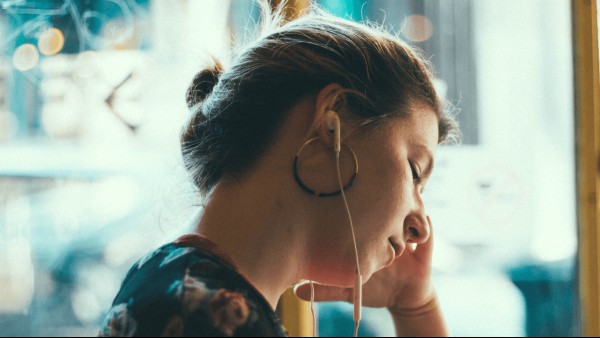When Is The Best Time Of Day To Learn A Language?
There’s not necessarily a wrong time of day to learn a language. Whether you do a lesson with your morning coffee, listen to a podcast during your evening commute or watch soap operas in other languages at 3 in the morning, the important thing is that you’re fitting it into your schedule. That said, if you look at the times people actually do their learning, certain patterns start to emerge. When are people learning?
To answer that question, we looked at Babbel users over the course of 2021 to see the most common days and times people were learning on the app. While there are a lot of factors at play, it’s fascinating to see which moments stand out.
The Most Popular Days Of The Week To Learn A Language

Monday takes the top spot as the most popular day of the week to learn a language. It may be because as people buckle down into the regular workweek, they also return to learning a language. Sunday comes in second, and then the rest of the days coincidentally follow chronologically, with Tuesday and Wednesday basically tied and then a slight dropoff into the weekend.
The Most Popular Times Of Day To Learn

As the above results show, there are pretty much two main clusters of learning activity. The most popular time is after the regular workday between 5 and 8 p.m., and the second most common is between 10 a.m. and noon.
There’s also some slight variation depending on the day of the week. On Sundays, for example, 10 a.m. to noon is by far the most popular block of time for studying (though this block is still more popular than average on weekdays). There’s even a bit of variation depending on the time of year. During the summers, people tend to study with Babbel more on Mondays and Tuesdays, while in the winter it’s more evenly distributed throughout the week. Summer learners also study more evenly across the day, whereas winter learners are more concentrated at 10 a.m. and 5 p.m.
The United States Vs. The Rest Of The World
The above statistics reflect the average of learners across the entire world, but things look slightly different if you focus on the United States. Rather than the two peaks mentioned, Americans have three peaks: from 9 a.m. to noon, 3 p.m. to 5 p.m. and then from 7 p.m. to 10 p.m. And while non-US learners tend to not have much of a peak on Saturday, Americans continue studying most from 10 a.m. to noon through the weekend.
Are Any Times Scientifically Better Than Others?
As we said at the beginning, you can study a language whenever you want. That said, there is research that shows there are some times that are better than others. It still very much depends on your personal schedule, but here are the best times according to the science:
- A couple hours after you wake up. This is when your brain is most likely at its peak performance, before you get the post-lunch slump. For early birds, being able to study before going off to work or school is a perfect option.
- Right before a nap. Your brain uses sleep to consolidate memories, so getting some rest right after you study is a great way to avoid forgetting everything you just learned. A warning for night owls: it’s really not recommended to study past your normal bedtime. While cramming in some studying the night before a test might have worked, it’s not ideal for gaining a skill like a new language over time.
- In the evening. After the post-lunch dip in energy, you have another optimal time for learning roughly between 4 and 10 p.m.
That said, you can learn a language at any time of day. If you’re going for immersion, for example, there’s no peaks or lulls in learning, it’s happening all day. You might want to try to optimize your learning, but the only thing that really matters is that you’re putting the time in.





